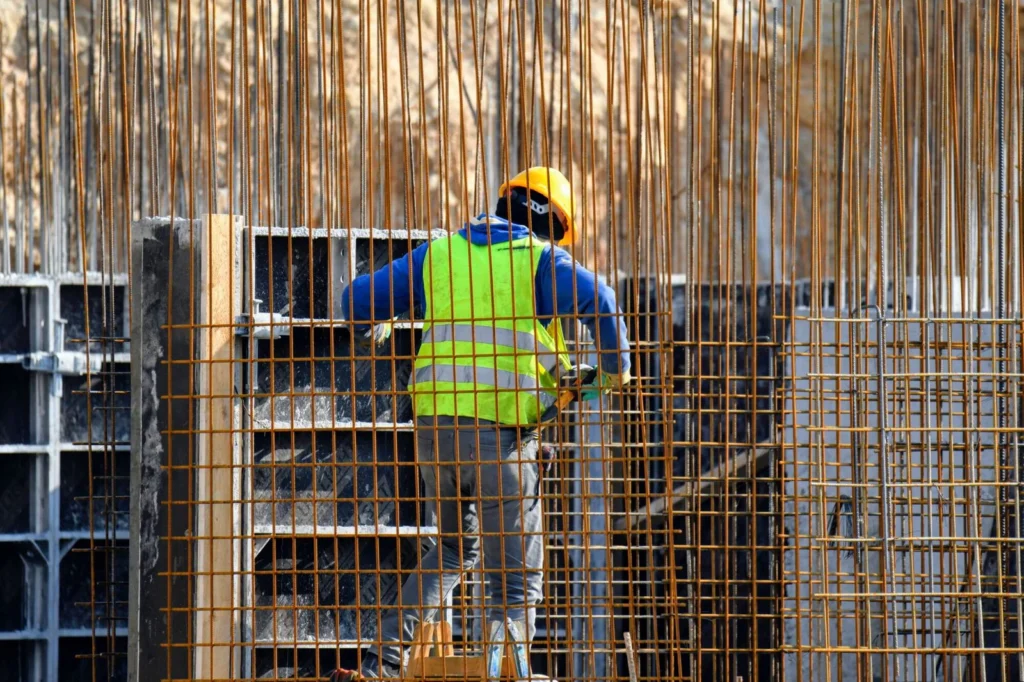Concrete is the foundation of modern construction. Concrete is vital for both skyscrapers and driveways. It ensures the durability and safety of structures.
Many people know concrete’s importance. But, few understand the intricate process that brings it from the plant to your site.
This blog post aims to demystify the steps in concrete deliveries. It provides valuable insights for contractors, builders, and anyone interested in construction.
The Importance of Concrete
Concrete is a composite material. It’s made of fine and coarse total bonded with fluid cement (cement paste). The cement hardens over time.
It is used for its strength, durability, and versatility. Understanding the concrete delivery process can help. It ensures that your project runs, on time, and within budget.
Placing the Order
The first step in the concrete delivery process is placing your order. This might seem straightforward, but getting it right is crucial.
Calculate the exact amount of concrete you need. Overestimating can result in waste and extra costs, while underestimating can delay your project.
Specify the type of concrete mix required for your project. Different projects may require different mix designs, depending on factors like strength, setting time, and durability.
Schedule the delivery for a time that aligns with your project timeline. Ensure that you have enough manpower and equipment ready for the pour.
Batch Preparation
Once your order is placed, the concrete plant begins the batch preparation. The appropriate raw materials, such as cement, aggregates, and water, are selected based on the mix design.
The materials are weighed and mixed according to the specified proportions. Precision in this step is crucial to ensure the quality and consistency of the concrete. Samples are often taken to test the mix’s properties, ensuring it meets the required specifications.
Transportation
After the concrete is mixed, it must be transported to the construction site. The ready-mix concrete is loaded into transit mixers, also known as concrete trucks.
The concrete trucks transport the mix to the construction site. During cement transportation, the mixer drum rotates to keep the concrete from hardening. Temperature and other environmental factors are monitored during transit to ensure the mix remains within acceptable parameters.
On-Site Delivery
Upon arrival at the construction site, the concrete must be delivered to ensure it stays workable. Ensure the site is ready for the concrete pour. This includes setting up forms, reinforcement, and ensuring that the ground is properly prepared.
Depending on the project requirements, the concrete is either pumped to the desired location or poured from the truck. On-site tests, such as the slump test, are conducted to ensure the concrete’s workability. Adjustments can be made if necessary.
Pouring and Finishing
Once the concrete is delivered, the focus shifts to pouring and finishing. The concrete is poured into the prepared forms, ensuring it is distributed and reaches all corners. Concrete vibrators are used to remove air pockets and ensure the concrete settles.
The surface of the concrete is finished using tools like trowels and floats to achieve the desired texture and smoothness. The concrete must be kept moist to cure. If you are looking for tailored solutions for projects requiring limited quantities of concrete, consider small batch concrete delivery.
Understanding the Process of Concrete Deliveries
Understanding the process of concrete deliveries from order to pour is essential for anyone involved in construction. By knowing what to expect at each step, you can ensure your project runs. Remember, the key to a successful concrete pour lies in meticulous planning, quality control, and effective communication with your supplier.
For more helpful tips, check out the rest of our site today!







